V-COMMANDOS
from Triton Noir
Hopefully you've seen the appetiser for the game and the linked contest to win a canvas picture of one of the stunning pieces of artwork from the game. Stunning sums up many aspects of V-Commandos. The box art, which like many games is replicated on the rule book cover, sets the mood and game flavour admirably. The comic book element inevitably took me back to childhood copies of the paperback series of Commando comic books and even W.E.Johns' Gimlet series, which featured one that I read entitled King of The Commandos.
Like Heroes of Normandie by Devil Pig Games, this is certainly Hollywood's version of WWII, but I'm glad to say that Triton Noir, the publishers of V-Commandos, have not gone the whole hog [no pun intended] for the total cigar-chomping cartoon style that Devil Pig opted for. In fact much of the card artwork makes me think that the Noir from this company's name has had the stronger influence.
In some cases, you will find your commandos having to split up in order to achieve objectives on different terrains; in others, you may have to work your way through a sequence of terrains achieving your objectives as you move from terrain to terrain.
Here is, chronologically, the first scenario, Operation Time Pencil. The name on the map card of Bruneval and accompanying historical photo of the radar station easily identifies this first scenario as based on the Bruneval Raid in February 1942.
The playing area is made up of three terrains: the Forest, the Radar Station and the Villa. As you can see, each terrain has specific instructions relating to it, for this individual scenario.
I can understand the limitations of the tiles might not be able to recreate some of those, but I would have thought at least a range of tiles could have been produced that would at least include enough to build a credible bridge! Frankly, though, that is the only detail that doesn't match the otherwise excellent features of this game.
So, on to considering some more of these excellent features. Certainly, the very good quality, circular, cardboard discs that represent the many single-man figures in the game are high on that list. I had imagined buying and painting some commando figures [of which there are many fine products on the market], but soon decided that I much preferred what you see here.
You can guess my delight to find that just such an expansion is already available. [I have yet to discover whether it might also contain some tiles that make a bridge!]
Equally effective are the many German soldier counters. Here are the ordinary regular infantry, nicely done in different poses, some with helmets or caps and even a few bare-headed. Small attention to varied detail like this is a big plus for me, instead of just churning out a generic image.
There isn't a single item that falls short of the highest standards of production and the rule book is no exception. The 24 pages are more like glossy, thin card with a very durable and substantial feel. They are easy to read and follow with plenty of illustrated examples and accompanying artwork.
It's very well organised, taking you through the three Phases of the game: Event, Commando and German. These are followed by information on Commando Selection and Commando Health - no, they don't have to have travel injections, it's about getting injured, critical condition and, gulp, elimination! The good news [especially if you are playing a cooperative game] is that, if your commando dies, another commando is drawn from your reserves to rejoin the scenario. Your new commando will have some initial limitations [like, no equipment], but you know how resourceful you are!
There are also sections on Equipment and Escorting a Character that occurs in some scenarios and one of the longest sections, called Play An Operation is on the process of setting up an Operation [i.e. scenario]
The rules pause at three points to direct you to the training manual that provides three mini-scenarios to help fix in your head the section you've just gone through. Though very simple, I would strongly recommend following the format, as I found them very effective in achieving their intended goal of consolidating learning the rules.
At the very heart is the concept of STEALTH. A commando counter will automatically be flipped to its stealthy side when entering a small tile where there are no German units and commandos may always enter a medium sized tile in stealth mode by using up two of their three Action pts. However, commandos must always flip to their visible side when entering a large tile.
Whenever a commando in stealth mode enters a tile with enemy units on or vice versa, each commando must roll one die per enemy unit to see if they are spotted. Roll 1 or 2 and you're spotted. Though not wholly necessary, it's a nice touch that the twelve dice provided are customised with a partial eye symbol on the 1 and 2 faces.
I mentioned earlier the value of using the three training scenarios, but that value is in helping you fix the rules in your head so that you have minimal reference to the rule book later, not because you need them to understand the rules, as is often the case with some rules sets. What impressed me most was the section on the German A.I. that runs the Enemy Phase of the game. Moving and shooting in games where your opponent is A.I. determined are often hyper complex and encyclopaedic in length. In part, this is because the rules in V-Commando are well pared down.
Remember stealth, well if your commando is in stealth mode, he can't be seen or shot at. If visible, he is seen and able to be shot at, if he's on the same tile as the German unit or an open adjacent tile or a room tile that has an open door. No arguments about line of site. Movement is governed by equally straightforward rules that depend on only two factors: if any commandos are visible, then German units move one tile towards them by the shortest route - if all commandos are stealthy, then German units move one tile in the compass direction displayed on the Event card currently drawn for that terrain for this turn.
Perhaps this random factor may not suit some people, but, hey, this is the movies, haven't you seen the Germans in films from The Guns of Navarone or The Dirty Dozen to the more recent Inglourius Bastards rushing around while the good ole Brits or Americans sneak about, just out of sight from them?
Finally, the rules take us to Play An Operation. In all other games that I own or have played, this would form part of a separate booklet that would also contain all the Scenarios. Triton Noir have decided to go with the novel idea of providing the nine scenarios in the form of pairs of high quality, double-sided, cards. This decision has added enormously to the already very satisfying ambiance of the game.
The first of each pair of cards names the Operation with an accompanying map and, on the reverse of the card, a background to and the objectives of the Operation.
This whole process is, as far as I'm aware, wholly original. The combination of the two pairs of cards for each Operation allows for great variety as, for example, though you may be operating in forest terrain in several Operations, the differing Special rules and objectives created for that forest terrain imbues the scenario with its own qualities.
So, by now, I doubt that you need to be told that for me V-Commandos is an out and out winner in every category. And, please, if you need to ask the question [as has been asked on at least one game site] what does the V stand for in the game's title, just think Winston Churchill! In fact, if you do need to ask the question, perhaps running a commando might not be your best choice yet!



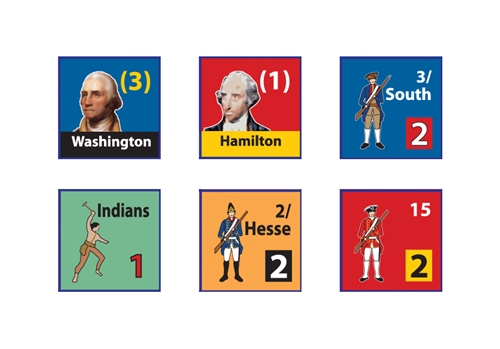



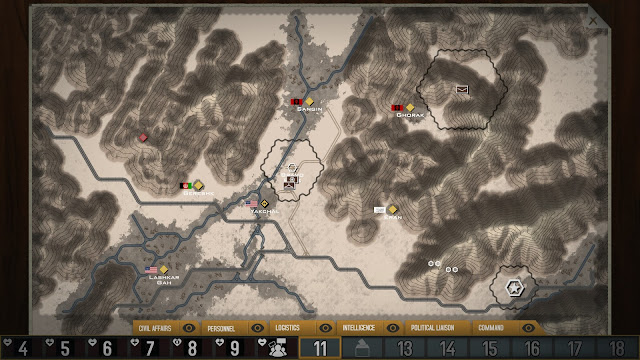
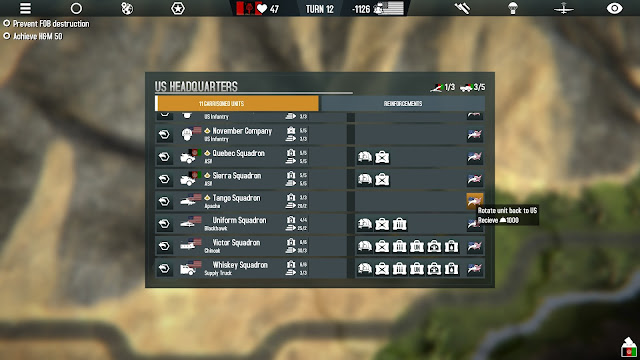





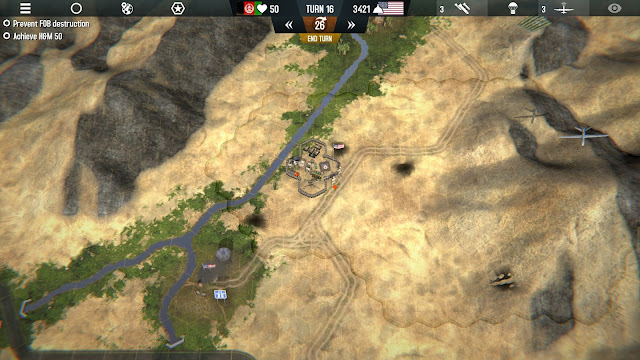
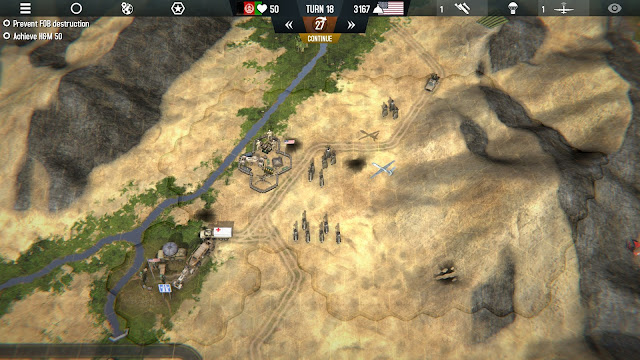



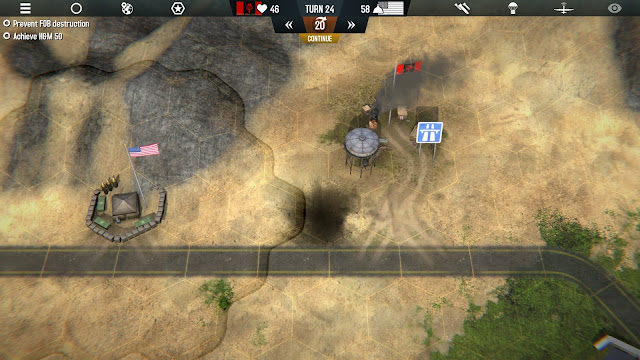












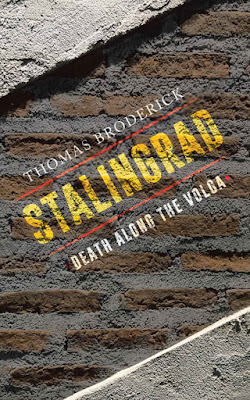


Follow Us